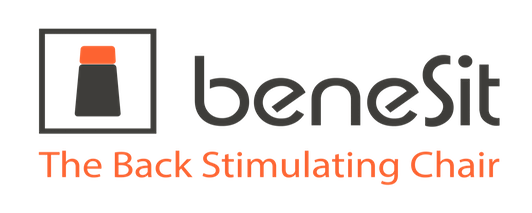
If you were to ask a great number of people how they would define “a chair” the answer would probably be something along the lines of “something you can sit on that has four legs”.
We have a clear association connected to the word “chair” and therefore it is very understandable when people need a minute to figure out that the BeneSit is also a chair – despite it not having four legs.
Developing for the human body
An example of someone who is also rethinking the way we sit is Niels Diffrient. We have been inspired by his TED Talk where he shares his story about how he developed a new office chair based on a fundamental data set – the human body.
He explains how the chair should do as much for office people as humanly and mechanistically possible and that no 20-page manual should be necessary. He says that “…the one thing they don’t need, is a chair that interferes with their main reason for sitting there”.
These points fit perfectly with the BeneSit vision of a good office chair. However, when we express that the chair should do as much for office people as possible, we probably mean it in a different way than Niels Diffrient.
Rather than supporting the person from head to toe and therefore helping the person to avoid engaging the body, we want the chair to support an active way of sitting. We believe that, in the long run, it is more helpful for office people to be supported in incorporating subtle movement in their sitting rather than “taking away” the movement and engagement of their sitting posture.
You can read more about the principles of the BeneSit chair here.
What are your thoughts? Should office chairs “take away” movement or initiate movement?

